Hockey Training Tip: When a player doesn’t have good single-leg stability, it is common to see his/her knee collapse in while in single-leg stance. This is important because when the knee collapses in, the players foot rolls in and puts more force on the inside edge of the skate blade. These players tend to ride their inside edge on their glide leg, and therefore “brake” against the propulsive force produced by their stride leg. This isn’t only inefficient, it also puts the player at an increased risk of injury.
In addressing this issue, it’s important to recognize that knee position is largely influenced by hip control. While the foot can also influence knee position (those with “flat” or overpronated feet also tend to have an inward collapse of the knee), training the muscles of the lateral hip and grooving a quality single-leg pattern seems to be the most appropriate strategy to help improve this movement impairment.
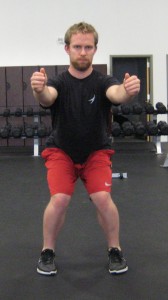
Bad knee position due to poor hip control
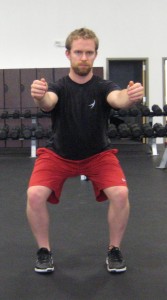
Better knee position with better hip activation
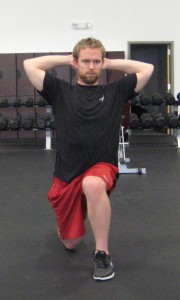
Poor alignment
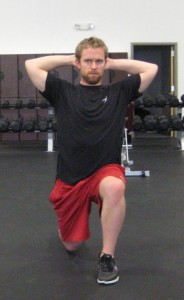
Corrected
One of the exercises we use the most frequently to help correct this is a simple Lateral MiniBand Walk. The band acts to pull the knees in toward each other, which helps active the muscles on the outside of the hip to prevent this from happening.
Lateral MiniBand Walk
*If you don’t have them already, you can pick up a few MiniBands here: MiniBands
Naturally, this is just one step in improving this pattern. It’s important to reinforce proper alignment during all movements/exercises, especially those that involve single-leg stance.
To your success,
Kevin Neeld
P.S. Check out Ultimate Hockey Training for more hockey training strategies to improve single-leg strength and skating speed!
P.S.2. When you sign up for my newsletter (below) you’ll automatically receive a FREE copy of my hockey speed training manual “Breakaway Hockey Speed”.
Please enter your first name and email below to sign up for my FREE Athletic Development and Hockey Training Newsletter!


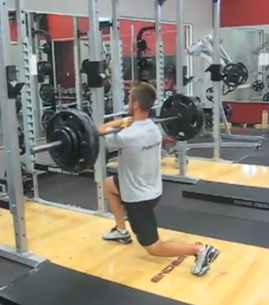
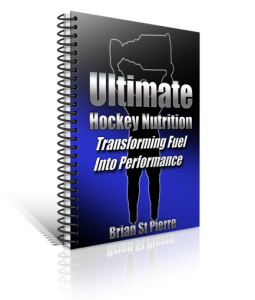
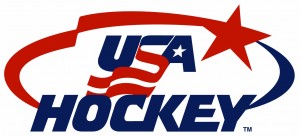
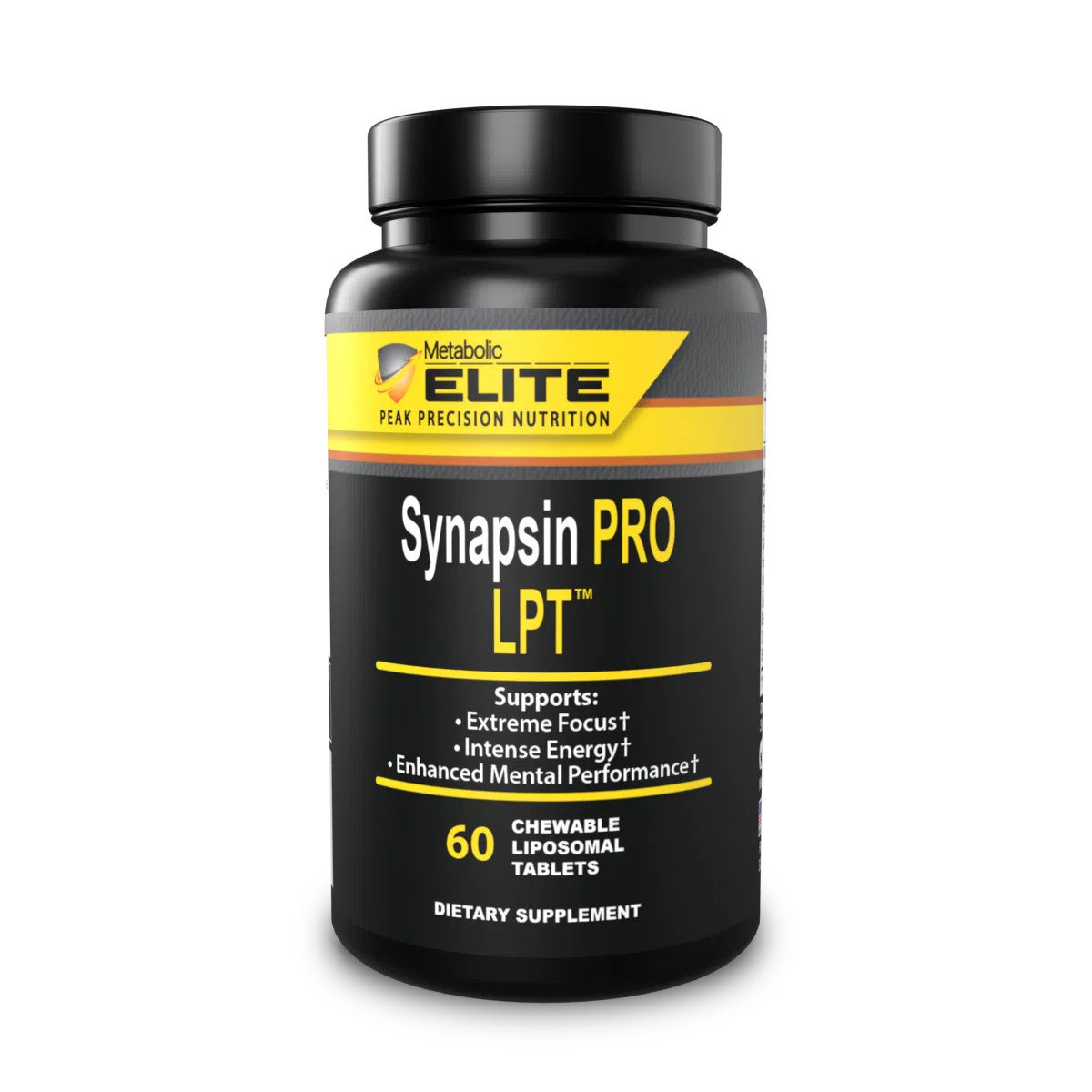 Use CODE: "Neeld15" to save 15%
Use CODE: "Neeld15" to save 15%